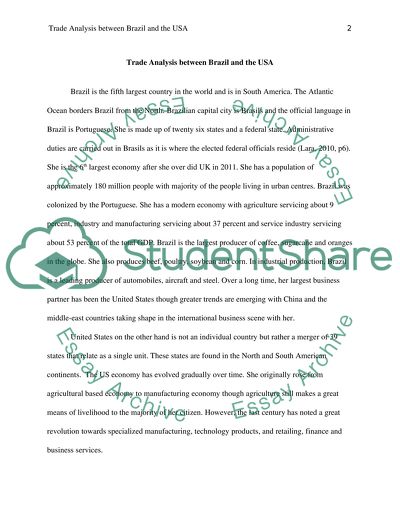Cite this document
(“Trade Analysis between Brazil and the USA Term Paper”, n.d.)
Trade Analysis between Brazil and the USA Term Paper. Retrieved from https://studentshare.org/macro-microeconomics/1402234-trade-analysis-between-brazil-and-the-usa
Trade Analysis between Brazil and the USA Term Paper. Retrieved from https://studentshare.org/macro-microeconomics/1402234-trade-analysis-between-brazil-and-the-usa
(Trade Analysis Between Brazil and the USA Term Paper)
Trade Analysis Between Brazil and the USA Term Paper. https://studentshare.org/macro-microeconomics/1402234-trade-analysis-between-brazil-and-the-usa.
Trade Analysis Between Brazil and the USA Term Paper. https://studentshare.org/macro-microeconomics/1402234-trade-analysis-between-brazil-and-the-usa.
“Trade Analysis Between Brazil and the USA Term Paper”, n.d. https://studentshare.org/macro-microeconomics/1402234-trade-analysis-between-brazil-and-the-usa.


